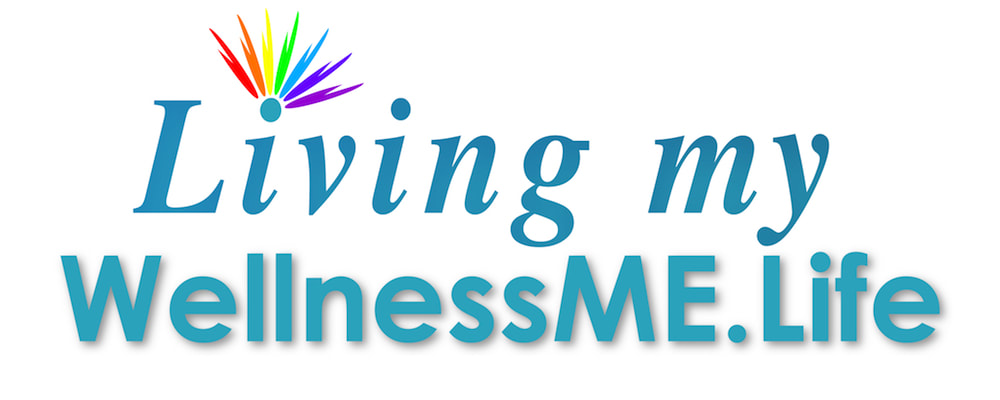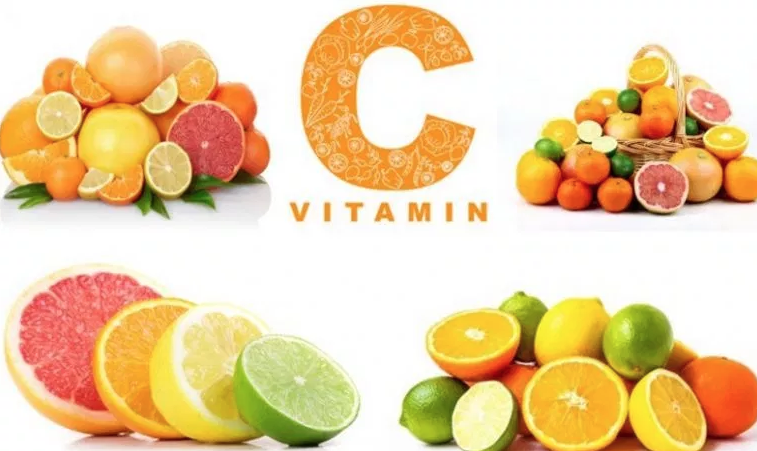|
By Louanne Saraga Walters
Vitamin C. It's not sexy, it's often overstated and ignored, and when I'm talking about its many functions, it's probably also the least understood vitamin in the roster. Whether you're a self-proclaimed wellness savant, or a medically trained doctor, the common response to Vitamin C is, "And?" Ah. Poor ascorbic acid! Doing so much while being understood so little...
Until now, that is! And, as we get going in this post - for those of you who are like me and love the research, I've included a few studies below to get your noses into some new discoveries about Vitamin C! (I wrote the science-y bits during my MS, but don't worry, I'll explain them!) FOR MORE THAN SCURVY We all remember our high school science classes talking about scurvy, that dreaded disease afflicting sailors in the 18th century who didn't have any citrus available for months at a time. No citrus, probably little access to Vitamin C (also known as L-ascorbic acid, ascorbic acid, or AA) and eventually the classic symptoms started showing: capillary and perifollicular hemorrhages - ugh (3), corkscrew hair, bleeding gums, swelling & discoloration of legs and buttocks - double ugh (1,2), and anemia, muscle pain and co-deficiencies of folate and iron absorption - how did they sail??? (3). For a long time, we thought we had a handle on Scurvy, until symptoms showed up in children suffering from severe cerebral palsy (3), and in refugee populations (2) and in low income populations in the United Kingdom and United States (1,2). And, adults with alcoholism or who smoked in the refugee and low income populations were at much greater risk for developing scurvy (1,2). So what gives?? AN ESSENTIAL VITAMIN Vitamin C is an essential vitamin. That means our bodies cannot make it. In fact, we're one of a very few species of animals which cannot make our own Vitamin C! (We're joined by guinea pigs and monkeys, which is why scientists often use these two in ascorbic acid experiments.) And yet, AA has an extremely important role as a reducing agent (6), that is, it adds electrons to other molecules to re-form them into different compounds that serve much needed roles in our health, and mostly at the cellular level. (4,6) This ability to act as a reducing agent makes Vitamin C (or AA) both an antioxidant AND an agent that enhances other nutrients, such as iron. Let's take the antioxidant role first. AS AN ANTIOXIDANT Antioxidant: As a water soluble antioxidant, AA acts inside and outside of cells to neutralize Reactive Oxygen Species (ROS) radicals and so protect us from ROS’ harmful effects (4). Okay, wait, what?? Here's what that means: Vitamin C is water soluble. That means it can pass through the cell wall via a process called osmosis, and it can work both inside and outside of cells. The actual structure of Vitamin C, or ascorbic acid, allows it to pull unpaired electrons from compounds called Reactive Oxygen Species (ROS) which are basically oxygen molecules that have unpaired electrons. Because oxygen wants to have a fully balanced and paired ring of electrons, an ROS goes on the hunt for electrons and pulls them away from other molecules creating an "oxidized state". (Oxygen robs electrons from other molecules which causes damage, so scientists called it being "oxidized".) And ROS's are to blame for a lot of inflammation! Vitamin C pulls unpaired electrons away from the ROS's, so they become balanced again and not on the hunt to rob electrons elsewhere. Thus Vitamin C is an "antioxidant" - and that's what an antioxidant does! Where Vitamin C does this is exceptionally important - in the very heart of the energy makers in our cells, the mitochondria. And the mitochondria, which produce ATP (our energy) create a LOT of ROSs!! For you ultra-sciencey peeps, here are a few fun mitochondrial AA facts (6) - stay with me non-sciencey peeps, you'll get it too:
AS A NUTRIENT ENHANCER Vitamin C (ascorbic acid) can help our bodies absorb other nutrients as well. We can see this in how it works with iron. We absorb heme iron (from animals) really efficiently, but nonheme iron (found in plants) is a bit more difficult for our bodies to absorb. (4) No, that doesn't mean we should only eat meat! It means we should eat a variety of fruits and veggies, because all of these awesome nutrients do a variety of functions and they do them best surrounded by each other - but I digress. When AA (ascorbic acid) is consumed in a meal with iron, it helps us absorb the iron (5) by reducing ferric iron to its ferrous form (4). Huh? That means Vitamin C actually adds a couple of electrons to ferric iron which makes it become ferrous iron, and our bodies absorb that much better and faster. In addition, Vitamin C also becomes a chelating agent - that just means it attaches to the metal compound, the iron - and helps it become absorbed faster in the duodenum, a section of the gut. (5). Iron is just one of many nutrients Vitamin C enhances!! Vitamin C is about so much more than "not getting scurvy" or "when I have a cold." It's about helping our bodies, and the cells and mitochondria in those cells, provide us with overall health by getting rid of inflammatory agents (those ROS's!) and helping us absorb other nutrients. References 1. Bartley, J. (2017). Scurvy in new zealand-a forgotten disease. The New Zealand Medical Journal, 130(1454), 86-87. Retrieved from https://uws.idm.oclc.org/login?url=http://search.ebscohost.com/login.aspx?direct=true&db=mdc&AN=28449021&site=ehost-live 2. Ben-Zvi, G., & Tidman, M. J. (2012). Be vigilant for scurvy in high-risk groups. The Practitioner, 256(1755), 23. Retrieved from https://uws.idm.oclc.org/login?url=http://search.ebscohost.com/login.aspx?direct=true&db=mdc&AN=23214273&site=ehost-live 3. Gupta, S., Kanojia, R., Jaiman, A., & Sabat, D. (2012). Scurvy: An unusual presentation of cerebral palsy. World Journal of Orthopedics, 3(5), 58-61. doi:10.5312/wjo.v3.i5.58 4. Iqbal, K., Khan, A., & Muzaffar Ali Khan Khattak, M. (2004). In FAO of t. U. (Ed.), Biological significance of ascorbic acid (vitamin C) in human health - A review Retrieved from http://docsdrive.com/pdfs/ansinet/pjn/2004/5-13.pdf 5. Lynch, S. R., & Cook, J. D. (1980). Interaction of vitamin C and iron. Annals of the New York Academy of Sciences, 355, 32-44. Retrieved from https://uws.idm.oclc.org/login?url=http://search.ebscohost.com/login.aspx?direct=true&db=mdc&AN=6940487&site=ehost-live 6. Mandl, J., Szarka, A., & Bánhegyi, G. (2009). Vitamin C: Update on physiology and pharmacology. British Journal of Pharmacology, 157(7), 1097-1110. doi:10.1111/j.1476-5381.2009.00282.x
0 Comments
Leave a Reply. |
AuthorLiving my WellnessME.Life is our quarterly newsletter, compiled of separate blog posts created by Louanne and Sharon Saraga Walters and contributed by esteemed healthcare practitioners, colleagues and friends with a holistic (interrelated, synergistic, systemic) view of wellness. Archives
January 2019
Categories
All
|



 RSS Feed
RSS Feed